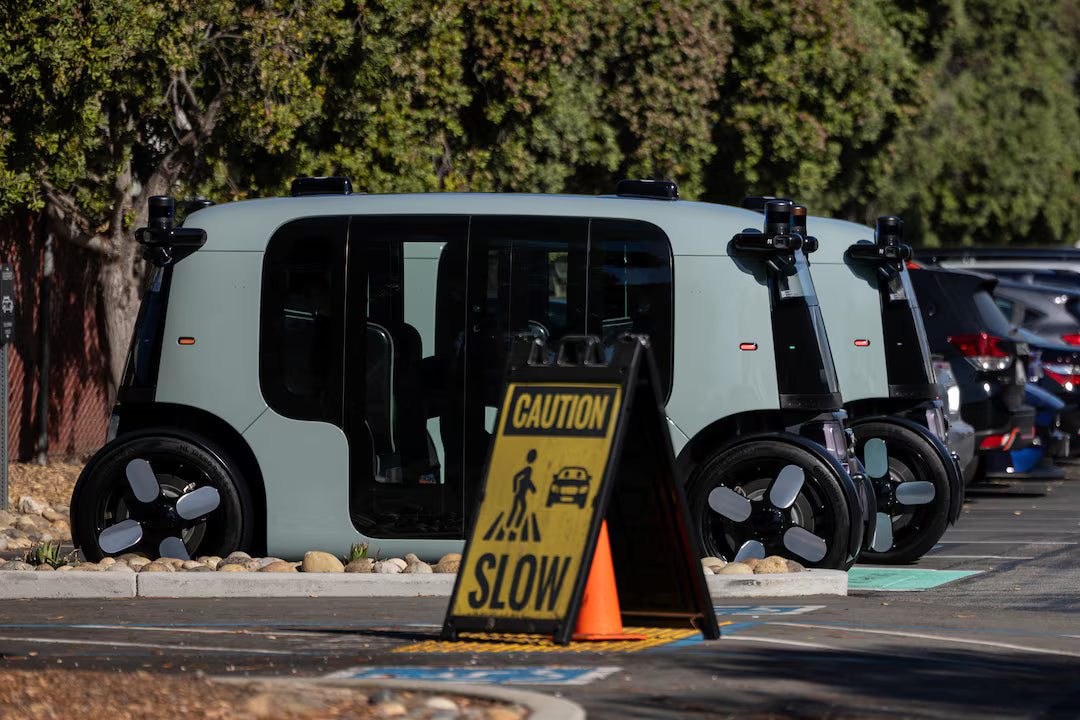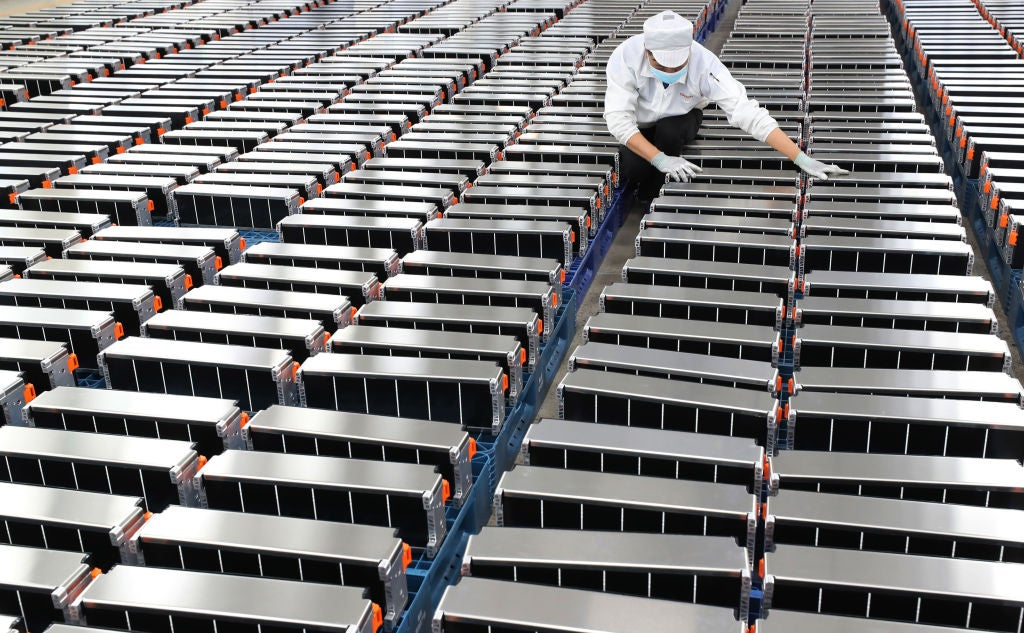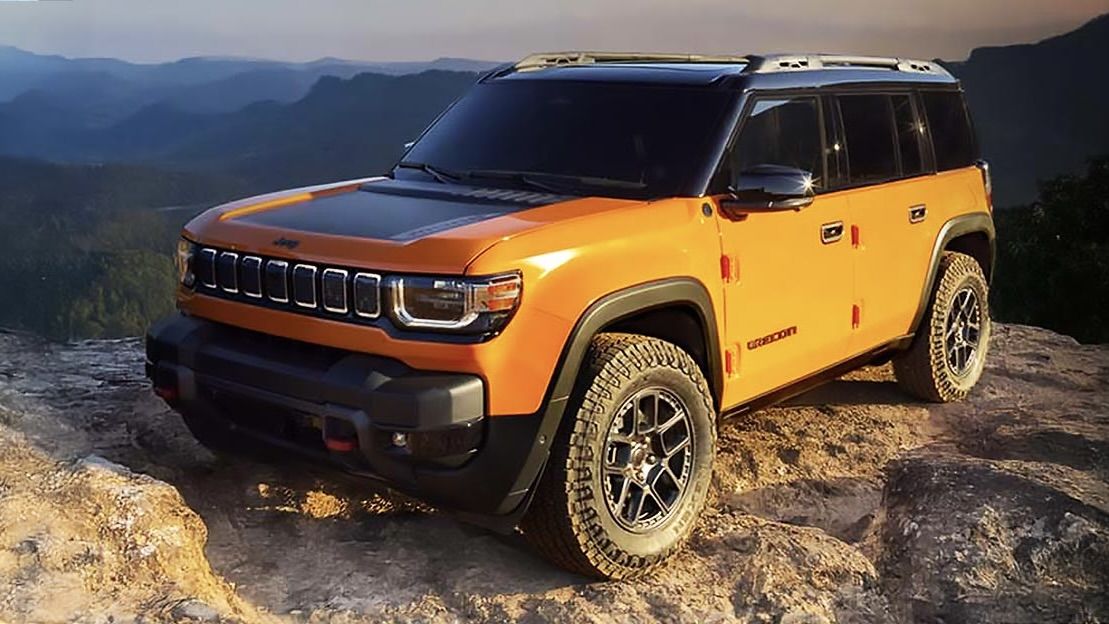Launch of Zoox’s Autonomous Shuttle Service
Zoox has begun offering public robotaxi rides in San Francisco, marking a major step forward for the Amazon-owned company’s autonomous mobility ambitions. While Tesla’s Cybercab remains in development, Zoox is now operating one of the first fully driverless, purpose-built shuttles in a major U.S. city—complete with no steering wheel or pedals.
The service launched on Tuesday and is initially free of charge. Early riders are selected through Zoox’s “Explorers” program, which gives waitlisted passengers the chance to experience the shuttle and provide feedback. According to Zoox, the goal is to refine the service before expanding operations across the city.

A Tightly Regulated Path to Public Deployment
California maintains some of the strictest rules in the country for autonomous-vehicle operations. Zoox currently holds a Driverless Pilot permit, which authorizes the company to run fully autonomous vehicles on public roads—but does not allow charging passengers yet.
Zoox has been developing its self-driving technology since its founding in 2014 and has tested extensively in San Francisco since 2017. The company’s long testing history helped it navigate California’s regulatory process and secure approvals required for public rides.
A Purpose-Built Robotaxi With a Unique Design
What distinguishes Zoox from competitors like Waymo, Tesla, and Cruise is its vehicle. Instead of modifying an existing production car, Zoox built a completely new platform from the ground up. The result is a compact, electric, bidirectional shuttle designed specifically for autonomous ride-hailing.
The vehicle features:
-
No steering wheel or pedals
-
No conventional front or rear, thanks to its ability to move in either direction
-
Four-wheel steering for maneuverability in dense urban areas
-
Sliding doors and an open cabin layout
-
Face-to-face bench seating suited for shared mobility
Earlier this year, Zoox received a federal exemption from the National Highway Traffic Safety Administration, allowing it to deploy a vehicle that doesn’t conform to traditional design rules—something essential for its steering wheel-free pod.
Competition in the Growing Robotaxi Market
Zoox enters a rapidly evolving autonomous mobility landscape. Tesla is developing the two-seat Cybercab, which it aims to begin producing next year, and is already running autonomous Model Y taxis in Austin. Waymo continues to operate in multiple cities using Jaguar I-Pace vehicles and is testing a custom shuttle built by Zeekr. It also plans to remove the steering wheel from the Hyundai Ioniq 5 units it will soon deploy, though no timeline has been shared.
Zoox’s approach—launching with a fully custom robotaxi rather than transitioning from retrofitted production cars—sets it apart strategically. The shuttle’s symmetrical layout and lack of manual controls emphasize its identity as a vehicle designed solely for autonomous operation.

Expansion Beyond San Francisco
San Francisco is now the second city where Zoox is publicly operating. The company opened its first public route in Las Vegas in September, offering autonomous trips around select stops on and near the Strip. Zoox says it plans to add more destinations in Las Vegas in the coming months, and similar expansions are expected in San Francisco once the early testing phase is complete.
The company’s gradual rollout—first in Las Vegas, now in San Francisco—suggests a step-by-step strategy focused on controlled deployment, rider feedback, and regulatory coordination before scaling up.
Recommend Reading: Waymo Expands Self-Driving Taxi Service to 12 U.S. Cities by 2026







Aktie:
How the 2026 Subaru Solterra Performs on a Tesla Supercharger With Its New NACS Port
2026 Jeep Recon: A New Benchmark for Electric Off-Road SUVs